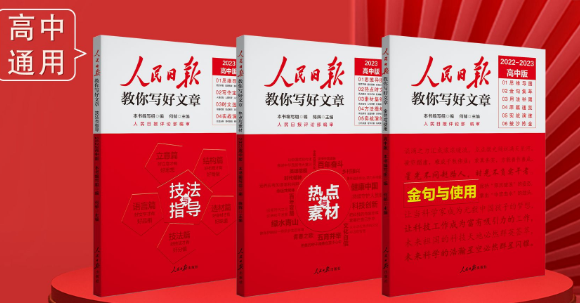高一英語作文3篇

高一英語作文3篇
無論在學(xué)習(xí)、工作或是生活中,大家都不可避免地會接觸到作文吧,作文是人們以書面形式表情達(dá)意的言語活動。你所見過的作文是什么樣的呢?下面是小編收集整理的高一英語作文,歡迎大家借鑒與參考,希望對大家有所幫助。
高一英語作文1
Nowadays, pets become so close and friendly to our human-beings that more and more people enjoy keeping them. Pets can bring them a lot of joys and happiness, because playing with pets is a good way to communicate with the nature. Besides, pets can comfort old people who live alone. With the companion of pets, they won’t feel lonely. Nevertheless, I’m not interested in keeping pets at all. For one thing, keeping pets is bad for environmental protection, since pets usually make a lot of noise and contaminate the roads. For another, the virus carried by pets may cause fatal disease. What’s more, sometimes pets may attack people when they are unhappy. Consequently, we had better not keep too many pets, so as to ensure our health and security. Besides, those pet lovers must take some effective measures to prevent their pets from hurting people and polluting our environment.
高一英語作文2
It has been estimated that smokers have made up half of the population in China. And the smokers are becoming younger and younger,
even ineluding some middle school students.
Nowadays more and more people have realized smoking can do harm to people's health. However, some people still enjoy smoking. Why? Because some of them think it is a kind of fashion, some think it is of great fun and others, think that smoking can refresh themselves.
In fact, smoking is a bad habit. It can cause a lot of diseases. Meanwhile smoking is a waste of money. Besides, careless smokers may cause dangerous fires.
Smoking is harmful and it is not only bad for smokers themselves, but also bad for non-smokers.
Therefore, I hope all the smokers can give up smoking for themselves and also for the people around them.
高一英語作文3
1.抄誦法
俗話說:“抄一遍勝過讀十遍。”讀詩詞或短文時(shí)先看一句抄一句;再看幾句抄幾句;最后看一段抄一段,直到看一篇抄一篇,也就是先讀再抄,抄完再讀。
2.時(shí)空法。
記住要背內(nèi)容中表示時(shí)間方位順序的詞語。
3.人物法。
記住文章中依次(或分類)出現(xiàn)的幾個(gè)人物,這樣憶人思情,憶人思言,就有助于理解與背誦。
4.情境法。
創(chuàng)設(shè)具體情境,根據(jù)情境熟讀容易理解和記憶。尤其是優(yōu)美的詩歌與散文,運(yùn)用此法效果更佳。
5.情節(jié)法。
掌握故事的起因、經(jīng)過、發(fā)展、高潮、結(jié)果等具體情節(jié),據(jù)情而背就容易的多了。
6.延伸法。
背短文或詩歌,可從開頭逐句延伸背誦,即背會第一句,背第二句時(shí)把的一句帶上,背會第一二句,背第三句時(shí)再把第一二句帶上,如此延伸,直到全篇。
7.對比法。
把課文中具有對比的'部分找出來,記住這個(gè)對比的性質(zhì)、特點(diǎn)、作用,就容易背誦了。
8.問題法。
提出幾個(gè)具有連貫性、系統(tǒng)性的問題,根據(jù)問題答案的順序,記取背誦內(nèi)容。
9.提綱法。
列出一個(gè)簡單的提綱,然后根據(jù)提綱練習(xí)背誦。
10.列表法記憶時(shí)先將需要背誦的內(nèi)容進(jìn)行列表歸納,使繁雜的內(nèi)容簡單化、特征化、條理化,一目了然,便于舉一反三,加深印象。
11.間隔法記憶課文的詞語不能怕重復(fù),第二、三天還要再讀第一天讀的詞,溫故知新,常讀常新。
12.歌訣法。
將要背誦的內(nèi)容,編為歌訣,讀來順口,記憶深刻。
13.點(diǎn)線法抓住文章的脈絡(luò),提煉出各層次的關(guān)鍵詞語、句子作為記憶的點(diǎn),如表現(xiàn)人物形象的動詞等,根據(jù)先后次序排列起來,再連點(diǎn)成線,連線成面,展開快速記憶,背誦課文,也就是按照文章寫作的線索順序,把全文的主要內(nèi)容聯(lián)系起來記憶。
14.分合法
先分句背,在句中背關(guān)鍵詞,這樣逐句背,而后合背,由詞連句,由句連段,再由段連篇。或先抓要背內(nèi)容的主要部分,再帶動次要部分,再合背。









